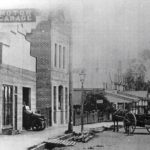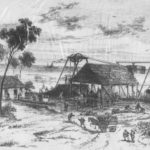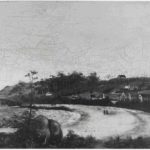Aboriginal History
We acknowledge the Traditional Custodians of country in Penguin, Tasmania, and throughout Australia, and recognise their continuing connection to land, waters and culture. We pay our respects to their Elders past, present and emerging.

12000 years ago the peninsula/island of Tasmania was separated from mainland Australia. By European arrival in 1803 some 4000-5000 semi-nomadic Aboriginal people continued to manage this diverse and changing landscape, both responding to and manipulating the environment.
There were approximately 48 groups contained within nine socio-linguistic cohorts throughout Tasmania, speaking at least 4 distinct languages. The Northern people comprised 3 or possibly 4 groups, totalling 2-300 people. Their lands extended along the coast from Port Sorell to Penguin, inland to the SE corner of the Surrey Hills then East to the base of the Great Western Tiers near Quamby Bluff before turning north to the coast.
Each winter the Northern people abandoned the cold of the Western Tiers and the flooded flats of the Meander Valley and travelled to the coast where they would congregate at sites such as Port Sorell at Panatana. The Northern people also had access to some of the most important ochre deposits in Tasmania. Excavations undertaken during the 1980s at the Gog Range mine, now called Toolumbunner, dated activity at this particular mine site back to the 15th century.
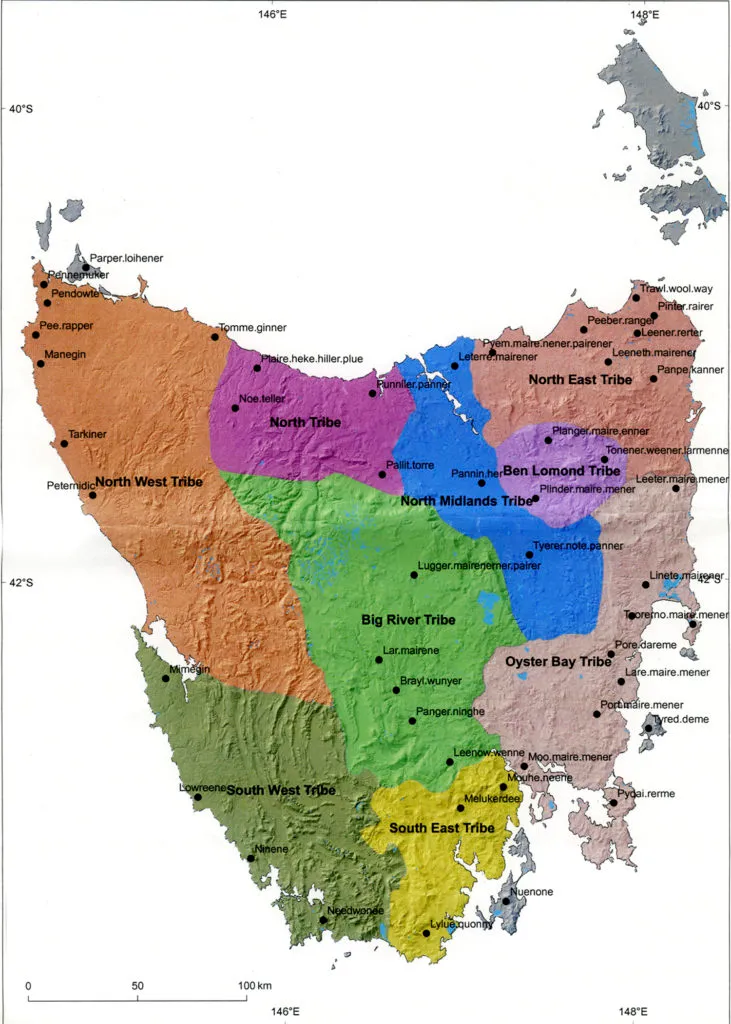
Colonisation in Van Diemen’s Land was a particularly violent process in the North and North West of the Colony, far away from the scrutiny of the Administration in Hobart. Thirty-two significant incidents have been identified between 1826 and 1834, mostly taking place in the 1827/8 period. Twenty-eight people are known to have been captured by Colonial Authorities while 8 were kidnapped by sealers. However, by 1847, when the 47 surviving Aborigines were transferred from Flinders Island to Oyster Cove, there were no Northern people left alive.
Uluru statement from the heart
Penguin’s History & Story
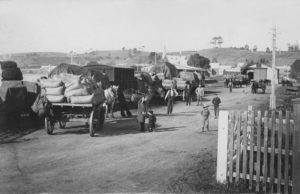
History tells that Abel Jans Tasman was the first European to visit Tasmania, in
1642, naming it Van Diemen’s Land after the governor general of the Dutch East
Indies. 1856 saw it officially renamed Tasmania.
But it wasn’t till 1803 that it was first settled, as a convict colony on the Derwent
River at Risdon. This followed very closely upon expeditions to the island from both
English and French interests.
Roughly heart-shaped, the 68000 square kilometre island, one-third the size of
Victoria, is 296km long and 70-315km wide. Almost 40% of the land mass is
protected as national parks and reserves with half of this World Heritage Listed.
Tasmania is home to half a million people where today our major industries are
mining, agriculture, aquaculture, fishing, forestry and tourism.
Penguin was so named because of its abundance of little penguins and was one of
the last North West districts to be settled. Its first land was purchased in 1861 with
the town gazetted in 1875. Trade began when the wharf was built in 1870 making
Penguin a significant port town shipping timber across to Victoria’s gold rush, and
later minerals. Penguin’s beachside silver mine opened in 1870 but failed soon after
as did Neptune mine.
The arrival of rail in 1901 wrought a sudden decline in shipping. Passenger rail
ceased in 1978 though daily freight rail from Burnie continues.
1907 saw our first shire council elected, which lasted till 1993 when it merged with
Ulverstone creating our now Central Coast Council. The electricity was turned on in
1927.
The Great War drew 107 from our small population of 1124 of which 26 never
returned. A remarkable contribution.
The Big Penguin was unveiled in 1975, exactly a century after our town was
proclaimed.
Nowadays there’s a quirkiness about our little seaside town of about 3500 people
given its unique name. Tourism is vibrant and we strive to make your stopover
welcoming. There is so much to see and do in our neck of the woods, with a story to
be told around every corner. Just where will our stories take you?

